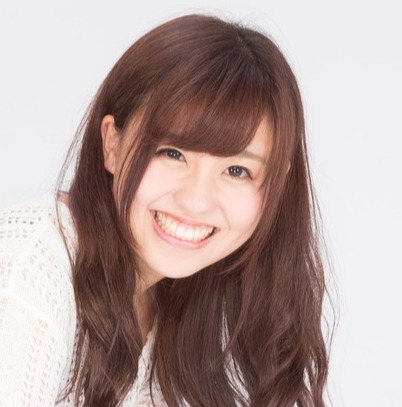“kekkou desu” or “daijoubu desu”:Which is Much Stronger to Refuse?
Did you notice that what the difference between “一緒に(issho ni)” and “互いに(tagai ni)”? It is not that difficult for you to get it. Once you read this article, you would figure out the difference. Let me introduce how to correctly use “一緒に” and “互いに” today!
一緒に (issho ni)
Together / With
“一緒に(issho ni)” means “Together and With” and the basic usage of “一緒に” is “○○は___と一緒に〜する。(○○ and ___ 〜 together.)”. For instance, “私は友達と一緒にテレビを見る(You and I watch TV together.), “私は彼と一緒に夕食を食べる。(He and I eat dinner together.), “お父さんはお母さんと一緒に出かける。(My dad and mam go out together.)” and so on. However, ordinarily, most native Japanese speakers don’t say “私は”, so “友達と一緒にテレビを見る。(You and I watch TV together.)” and “彼と一緒に夕食を食べる。(He and I eat dinner together.)” are the much natural way to say. “○○は___と一緒に〜する”: ○○ is a subject, ___ is an object and 〜 is a verb.
\ Learn Japanese language online with a personal native teacher!/
Sample
もしよかったら一緒に行かない? (Wanna go there together?) (如果可以的话,你愿意和我一起去吗?) (혹시 괜찮으면 같이 갈래?) (Nếu không phiền thì hay tụi mình đi chung nhé?)


次は一緒に行こうよ! (Let’s go together next time!) (下次我们一起去吧!) (다음엔 같이 가자!) (Vậy lần sau chúng mình cùng đi đi!)


一緒に写真撮らない? (Let’s take a picture together!) (不一起拍照吗?) (같이 사진 찍을래?) (Chụp ảnh chung nhé?)


一緒に行ってくれる人がいなくて・・・。笑 (I have nobody who is going with me. haha) (没有可以一起陪我去的人….。笑) (같이 가 주는 사람이 없어서… 하하.) (Tớ không có ai đi cùng cả…(Cười))


友達も一緒にいい? (Can I come with my wife?) (我的朋友也一起可以吗?) (친구도 같이 가는거 괜찮아?) (Tớ dẫn bạn đi cùng được không?)


これからもずっと一緒に居て欲しい。 (I want you to be with me forever.) (希望之后也一直在一起。) (앞으로도 쭉 함께 있어줘. ) (Từ giờ trở đi em muốn anh ở mãi bên cạnh em.)
互いに (tagai ni)
Each other / One another
“互いに(tagai ni)” means “Each other and One another” which native speakers usually say “お互いに” in daily conversation. “お互いに” sounds more polite than only “互いに”. So, I’d recommend that you would use “お互いに” in daily conversation. The usage of “お互いに” is “お互いに___する” and ___ is a verb such as “お互いに教え合う。(We teach each other.)”, “お互いに助け合う。(We help each other.)”, etc.
Sample


お互いに料理のコツを教え合ってるよ。 (We teach each other tips for cooking.) (我们互相教烹饪的窍门。) (서로 요리 팁을 가르쳐주고 있어.) (Bon tớ chỉ cho nhau những bí quyết nấu ăn.)


月に二回お互いにメール交換をしてるよ。 (We email each other once a month.)(我们每个月互相交换两次邮件。) (한 달에 두 번 서로 메일을 교환하고 있어.) (Chúng tớ gửi tin nhắn cho nhau mỗi tháng hai lần.)


お互いに頑張ろうね。 (Let’s do our best each other.) (互相加油吧。) (서로 힘내자.) (Chúng ta cùng cố gắng nhé.)


お互いにおしつけ合わないで! (Don’t impose the roles each other.) (别勉强彼此了!) (서로 맞지 않는다니까!) (Cả hai đừng mắng mỏ lẫn nhau nữa!)


お互いに助け合おうね。 (Let’s help each other.) (互相帮助吧。) (서로 상부상조하자.) (Chúng ta cùng giúp đỡ lẫn nhau nhé.)


お互いに刺激し合ってるよ。 (We’d like to work hard and encourage each other.) (彼此激励吧。) (서로 자극해주고 있어.) (Chúng tớ tạo cảm hứng cho nhau.)
\ Learn more! /









Comments